I know, I know, the 50mm again. There isn’t much more for me to add really. The attributes of this focal length have been lauded many times in many articles, including on this site. A (usually) cheap and light prime, very sharp with a fast aperture and beautiful bokeh. A useful portrait length on APS-C sensors (75mm – 80mm equivalent field of view), and on full frame it’s supposedly close to how the human eye sees (don’t know about you, but my human eyes see the almost 180 degrees stereoscopic vision they were designed for). Still, the 50mm is often claimed as a classic and an essential addition to our kit.

A Photography Life reader recently asked me to write about using a 50mm lens, so rather than rehash its technical aspects, which have been expertly and amply covered on this site alone, I’ll simply share my own experience of its versatility, with all the shots here made with a 50mm.
I have to admit to not using my DSLR much in the last year, and I don’t have an equivalent prime lens for my m4/3 kit, but the 50mm had always been a staple part of my DSLR gear. Like many people, it was the first prime lens I bought, and served me particularly well capturing scenes on my travels or freezing action in low light.

It can be a tricky focal length to get used to on APS-C sized sensors, tightening the frame and limiting your field of view, especially indoors. But this can also be its strength, making it very effective for portraits and individual items or details. Having the tighter frame helps to de-clutter it and focus the viewer’s attention on the subject.

The longer equivalent field of view on APS-C sensors also made this lens very useful to me as a nature lens, with the wide aperture isolating the subject against an out-of-focus background. Naturally, being a prime lens, the details were sharp, even zoomed into the picture.
Furthermore, it has proved useful capturing wildlife too, as being shorter than typical telephoto means I can place the subject in more of its environment.

Like any lens, it is only through experience that one gets used to the focal length and becomes able to judge when to use it, particularly with the short telephoto effect on APS-C sensors. Your eye learns to ‘see’ with that focal length, and for any given situation you can decide whether it’s appropriate.
(Cropped off the top and bottom of this shot.)
It’s tempting to use it at the widest aperture all the time, but remember that depth of field is very shallow here (especially on a full frame camera), so if you are close to your subject and it isn’t completely perpendicular to you then some of it will be out of focus. It’s worth stopping down a little to ensure your whole subject is in focus while still maintaining a nicely out of focus background. Using a single point AF means you can determine exactly where the focus will be. Some photographers even manually focus for more control.
Shooting scenic views or landscapes, you might stop down further still to narrow the depth of field and even use a tripod to ensure the shot is sharp, especially when shooting at night.

I personally found the 50mm particularly effective for scenic shots. Most people want to go wide to get as much into the frame as possible, but this ironically ends up disconnecting you from individual features. With a tighter frame you can focus more on what you really want inside it, and hopefully lead the eye into the shot.
As sharp as these primes are stopped down, the fast aperture is undoubtedly very useful in low light. You may still need to raise your ISO, but combined with the widest aperture the 50mm lets you use faster shutter speeds than would otherwise be possible. I found this particularly useful shooting events indoors, and more recently capturing some swallow chicks under the roof of a very dark boathouse. (Both these shots below were taken at F/1.8)
On full frame I have used my 50mm for shooting food and fireworks with pleasing results (at least pleasing to me, anyway!).

I may not have anything original to offer with respect to this lens, but that is hardly surprising since it has been a favourite of photographers since long before I hatched onto the planet’s surface. Still, hopefully I have demonstrated how versatile this lens can be in capturing all kinds of subjects, and perhaps reinforce its use in preference to more convenient zooms. Enjoy.
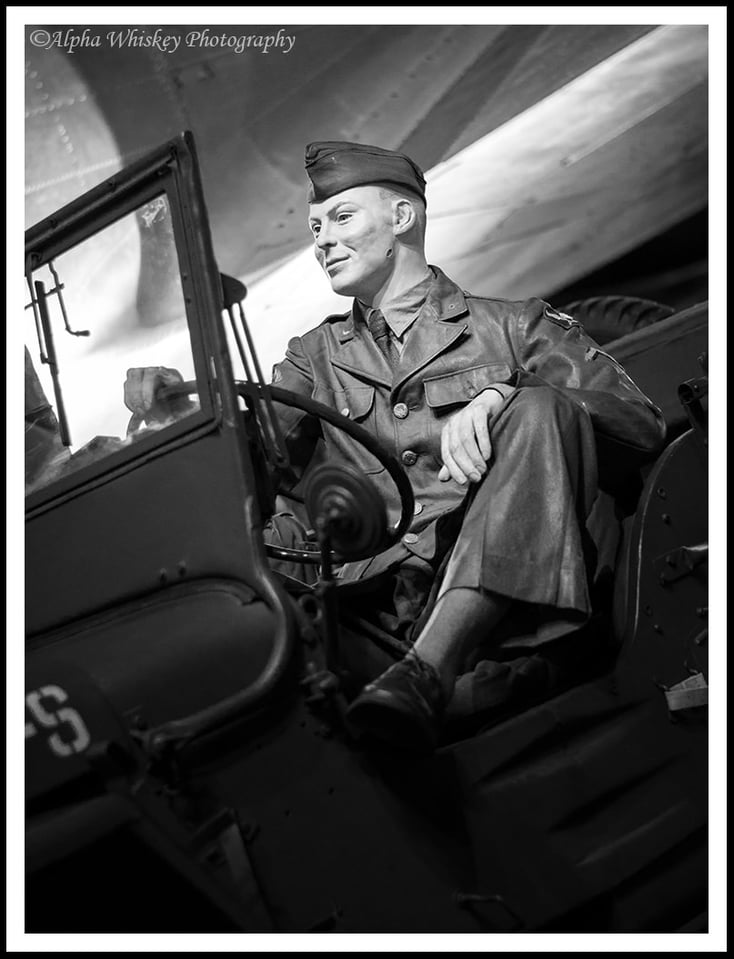

If you would like to explore more 50mm photos, please see Roman’s excellent post on using a 50mm prime for creativity.
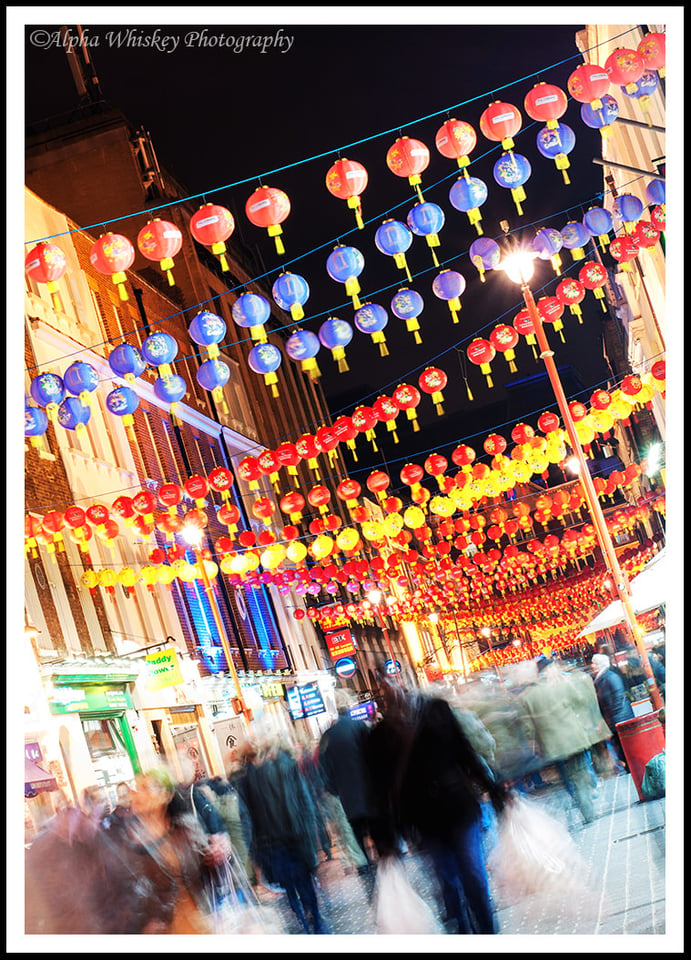
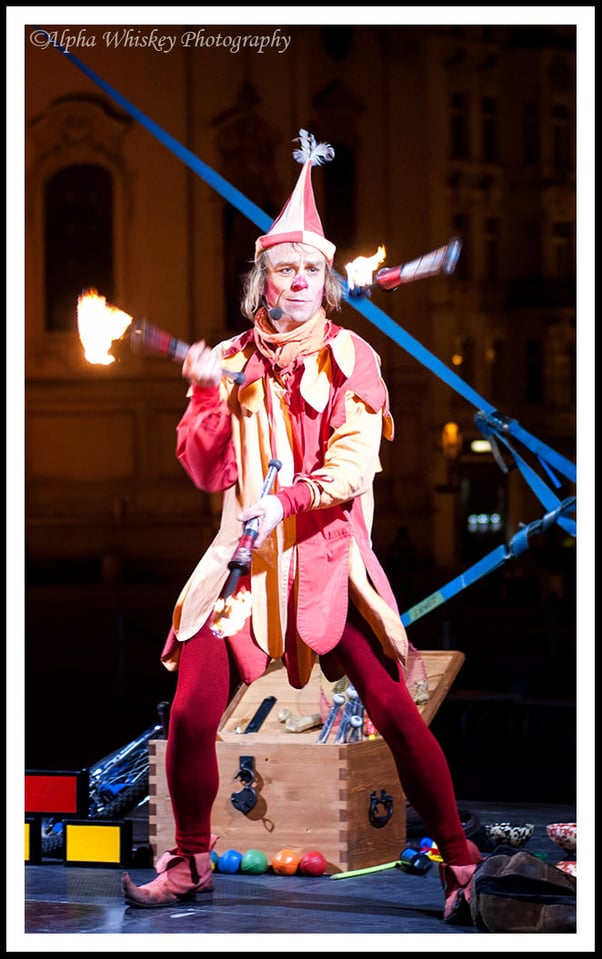
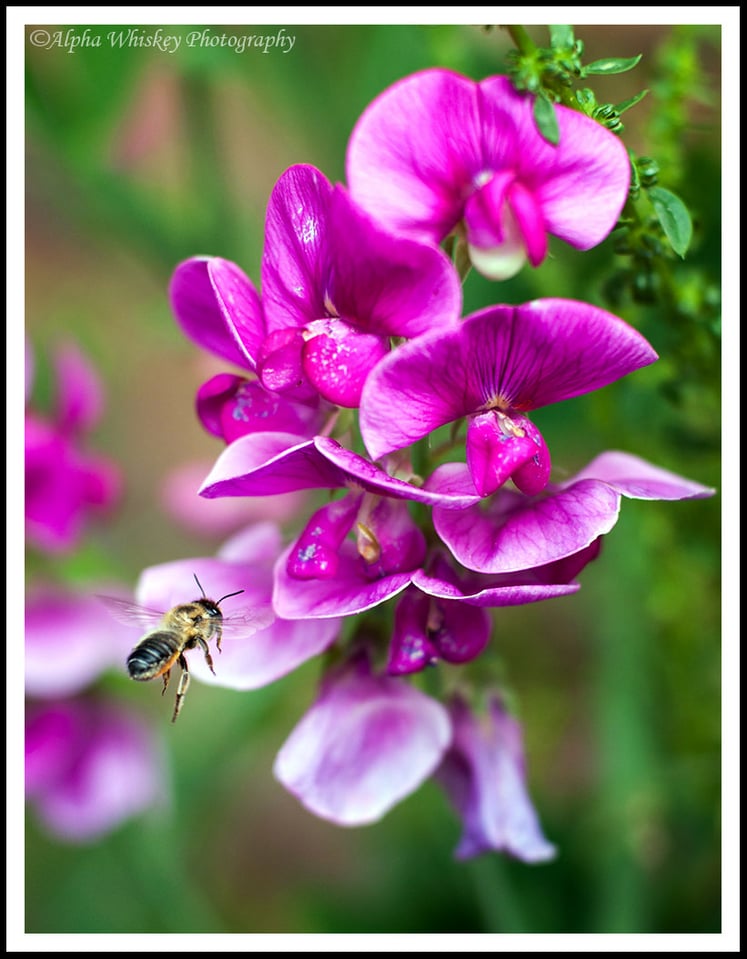

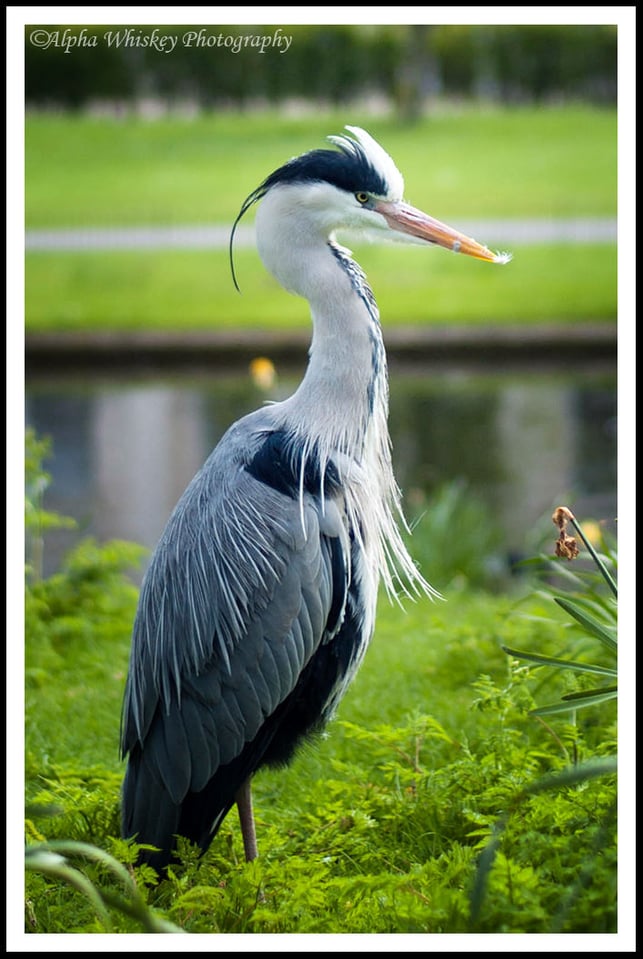


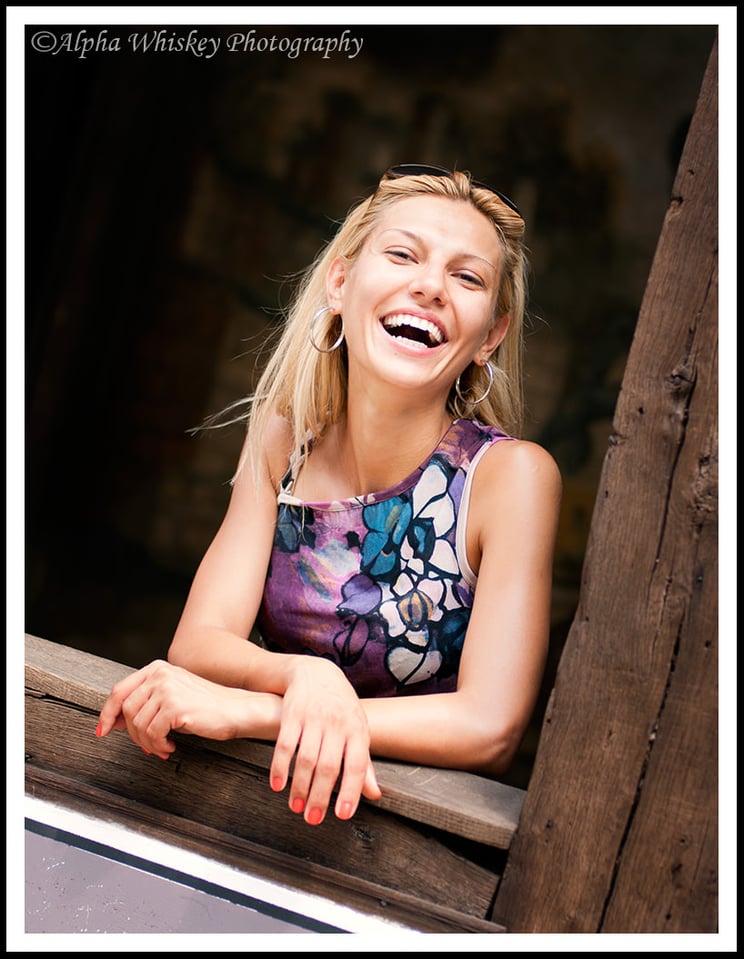
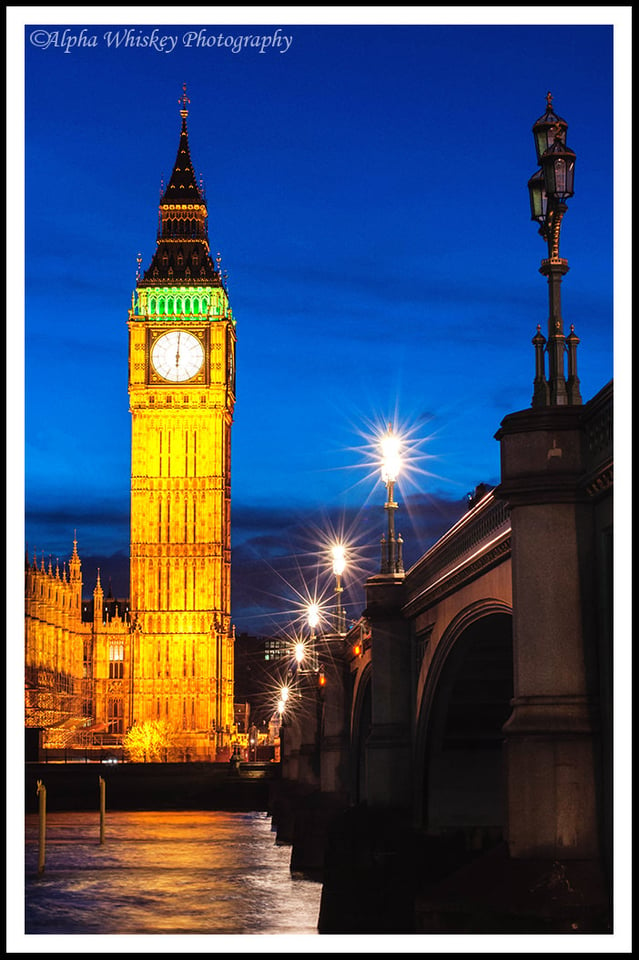


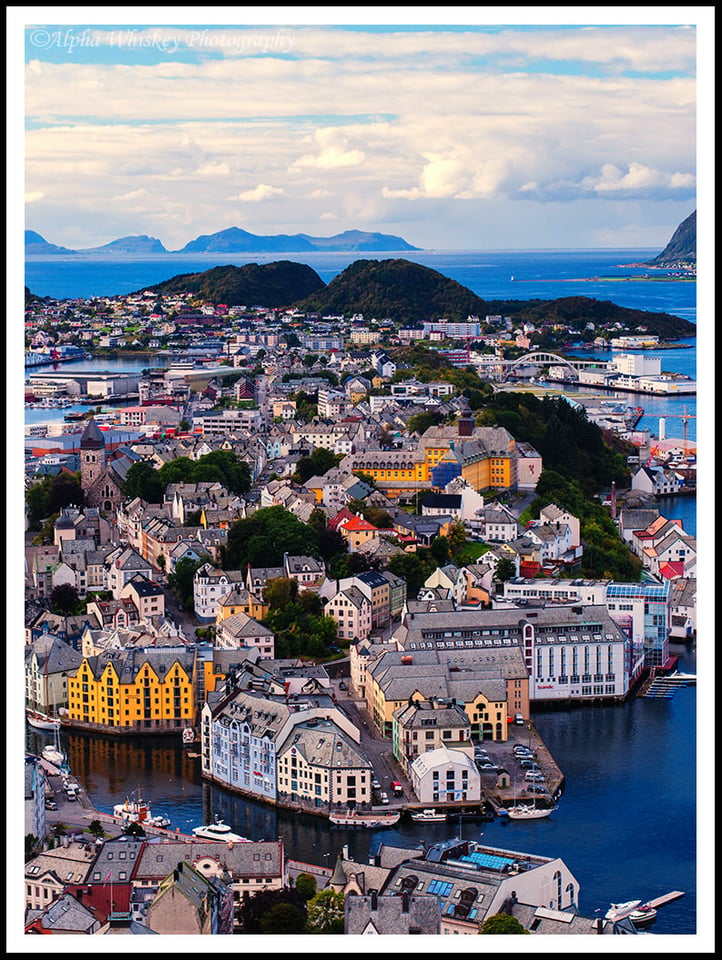



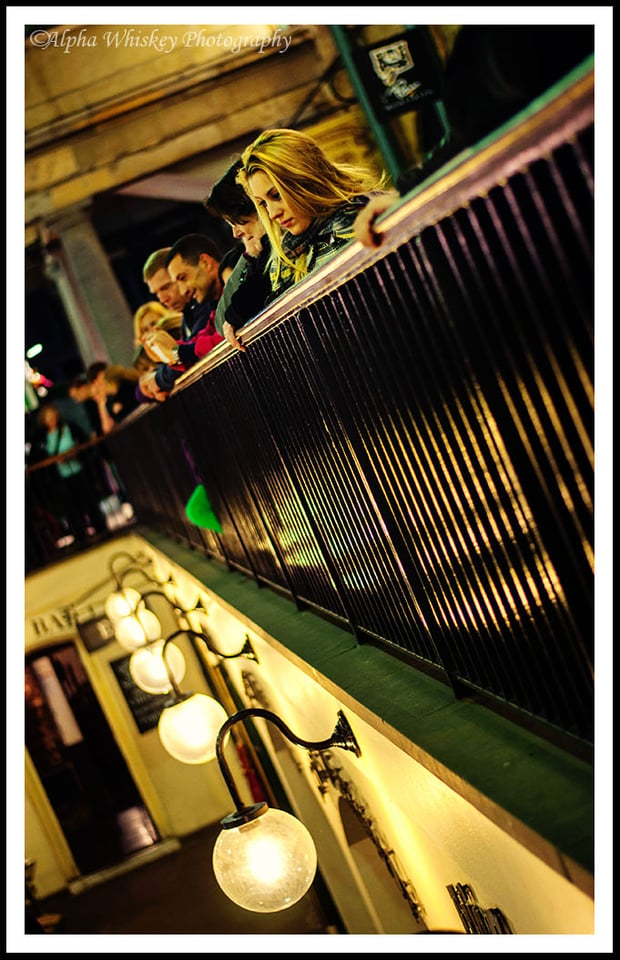
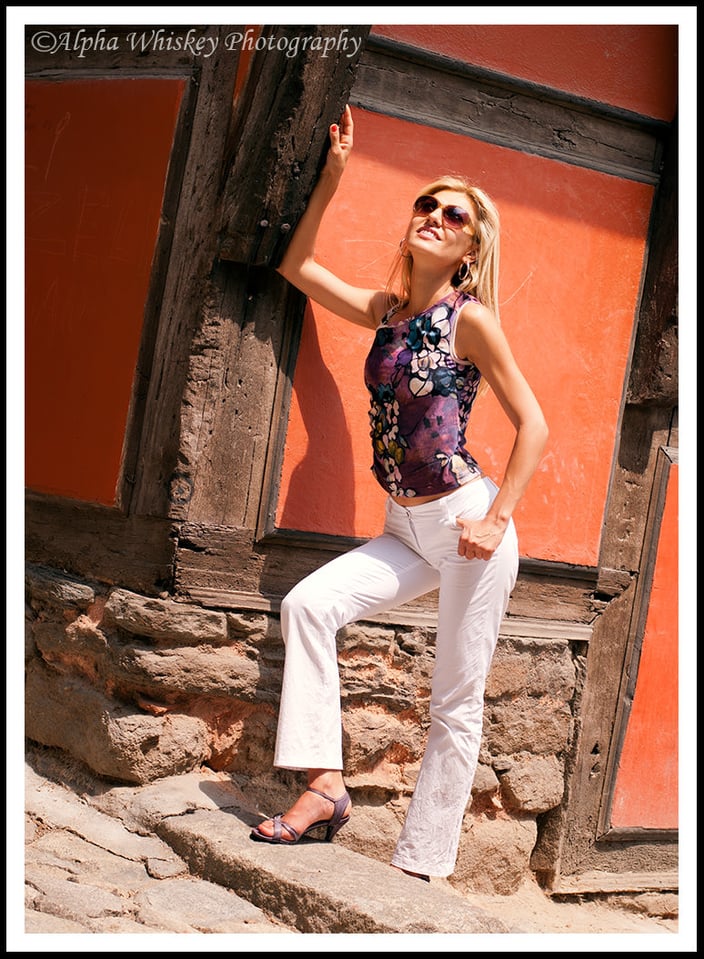
Hi, when talking about 50 mm lenses, at least I, think about 50 mm equivalent on an old 35 mm film camera, mening the 50 mm lens must be mounted on a full frame or, if a dx, then it must be a 35 mm lens. Here in this article i believe the 50 mm lens is mostly on dx-format cameras,, wich make the whole article pointless, (and the photos), in my opinion.
Maybe others dont agree with this but I wanted to see examples of photos taken with a 50 mm EQUIVALENT lens.
/Noa
On the contrary – I really liked this article. I have been surprised at just how little is on the www about composing with 5omm lenses on APS/DX sensors.
75mm is a rare find – the first models were 1980s with the Leica rangefinder. In full-frame today, Leica and voigtlander have fast 75mm lenses- but even for those these is little advice posted.
I have just got the Nikon 50mm F1.4 to use with a DX body – and would love to have some more online thoughts and experience shared to get me quicker up the “learning curve” with the combination.
so thanks AW for the article – now just post me an updated version with the experience a few years later !!
Fantastic photos that really show off that amazing potential and also the versatility of such a decent lens. There is no way I could live without my 50mm lens. So much so i started a photo project way back in 2007 that was to use only a 50mm lens at f/1.8. It’s been a great exercise and i’ve built an amazing collection of photographs all following a set style.
liamfrankland.com/proje…otography/
Thanks for a great article. This month I am going to pull out my deadweight D700 and put on the 1.4 50mm lens. That’s my challenge. Great photos by the way.
Very useful article and inspiring photos. I’ll be going on a trip soon and was trying to determine if it was too risky to only take the 50mm. Based on your article, I’m definitely going to take it. Thanks.
Thank you Nickesha. Have a wonderful trip! :)
In fact, what is said is that our eyes can see a total of about 130 degrees, BUT the 50mm on a full-frame can capture the same image as what our eyes can keep on focus.
Thank you very much for sharing your photos! It has certainly provided me with more creative ideas in using my 50mm.
Thank you Agnes! I’m glad the article had the intended effect :)
Great article illustrated with stunning images.
I have a AF-S DX Nikkor 35mm f1.8 and a AF Nikkor 50mm f1.8D. The 50mm is perfect on the D7000 for events , like weddings, or concerts, or family events where I want to capture cantid portraits of people but there is some distance involved due to logistics. The 35mm is my “walking around lens” for the D7000, and I am quite fond of it, for just about everything, it is very versatile. The 50mm and 20mm are my favorite lenses for my Nikon N80 (35mm film).
I also have the D7000. Just bought a Sigma 17-50mm F1.8. Just wondering if either the 35 or 50 fixed lens have any “added” value?
Well you have the range covered with the 17-50 so it does seem redundant. I don’t know the specifics of that lens, sharpness, distortion, etc. Primes can be better in those areas. You should be able to find statistics, MTF Charts etc to make comparisons. But heck, why not live with your 17-50mm lens for a while and see if your feel the need for anything more.
If you find that you have too much distortion or lack of sharpness then maybe you might want a prime lens. IMHO a good lens collection will contain both.
There is a good video “Top 4 Prime Lenses for the Nikon D7000” at:
www.youtube.com/watch…2u6JpHvPb8
Your sigma will cover the range quite nicely, and may be all that you need :)
I think for the me the value of using primes is that a fixed focal length trains the eye better in composition. You really have to consider what you want to leave in and out of the frame, as well as train your eye to see things within the limits of that focal length. The images become more interesting and focused on a definite subject or scene. Plus, if you challenge yourself to do a day’s shoot with just the one lens, they are lighter and smaller to carry around. Often I’ll challenge myself to a photo walk with just one focal length, and I’ll come away with much better shots than if I used a zoom.
E.g. All taken with the Olympus 45mm (90mm equivalent FOV). alphawhiskey.slickpic.com/photo…lkInLondon
its a really nice article… i was planning to buy my first lens on my D3300. n i think it would be best to get a prime lense but i just can figure it out either to buy 50mm or 35mm n either f/1.4 or f/1.8. i really apreciate if u can help me here it would be a big help
Hi Arief,
I think the 35mm would be better for street and everyday photography as it gives a more ‘normal’ field of view on APS-C , and the 50mm for portrait perhaps (75mm equivalent field of view). I’m putting together an article on using the 35mm on APS-C soon. :)
I swapped my 50mm F/1.4 D for the F/1.8 as the F/1.8 was sharper wide open. I have the 35mm F/2 AF-D which is compatible on both FX and DX, although I understand Nikon now have a dedicated 35mm lens for FX.
Regards,
Sharif.
Thank you for this article, Alpha Whiskey, it has opened my mind about my 50mm. I own a Nikon Af-S G f/1.8, I use only on my Nikon D300. Sometimes I’ve tried to male photos like yours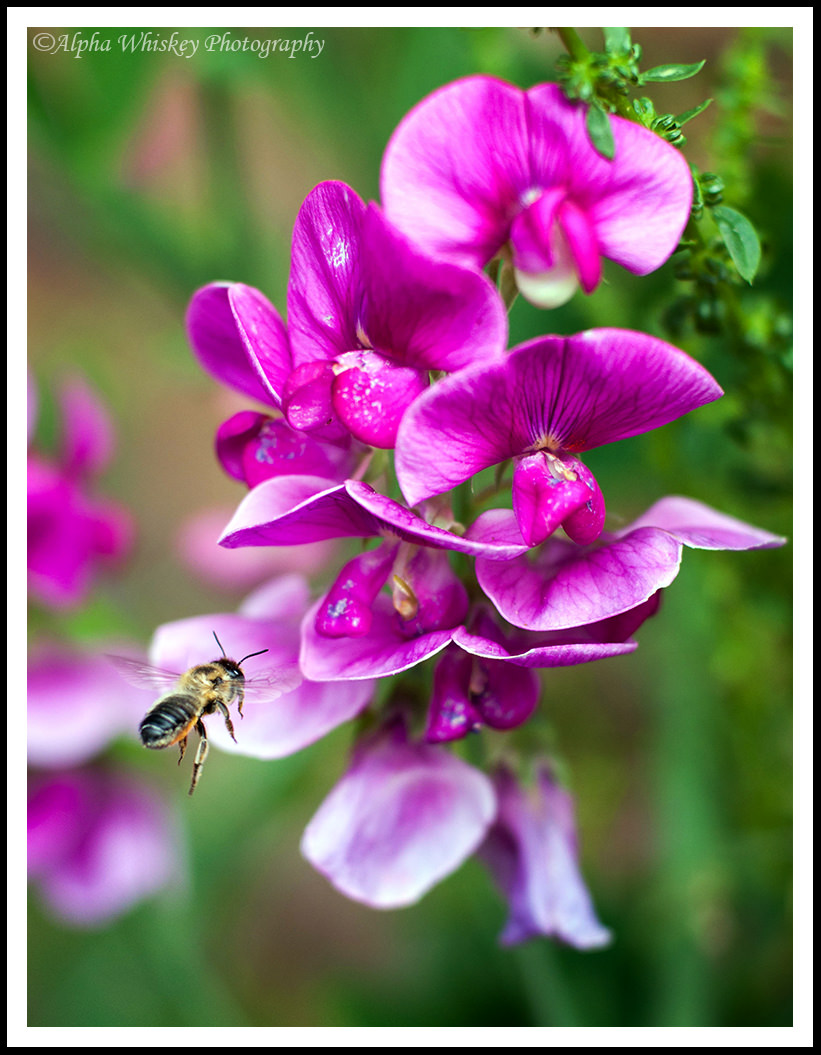 ) but the problem I’ve encountered is if I want to full the frame like in your shot I’ve to stay so close to the flower the dof is then too shallow, or the lens doesn’t focus at all. What can you suggest me to try improving? At least trying ;). Thanks
) but the problem I’ve encountered is if I want to full the frame like in your shot I’ve to stay so close to the flower the dof is then too shallow, or the lens doesn’t focus at all. What can you suggest me to try improving? At least trying ;). Thanks
Thank you Sebastiano. Try stopping down a little, even to F/4. I use the F/1.8G, but I think I shot that bee pic with the older F/1.4D. Can’t remember what the minimum focusing distance of either lens is. If you’re just photographing a static flower, then you could always try manually focusing, even set up on a small tripod?
Hope this helps a little.
Warm Regards,
Sharif.
Really thank you Sharif,
I’ll try both. When I saw the bee photo I had supposed you had cropped, and not a slight crop but to a tighter view.
But your answer reassures me I can do better (or have to try at least :) so that the minimum focusing distance shouldn’t be a problem; I’ve only to manage it :)
Warm regards too, Sebastiano
I think the bee pic is slightly cropped. It was a bit of a lucky shot to get the bee in it since they move so erratically. But I believe you’ll do great. Be confident and keep shooting! :)
Cheers,
Sharif.
For some reason ever since I started photographing 25 years ago, I have found the 50mm to be the least interesting and least versatile lens ever created :) I know I am in the minority here but I have never gotten why it gets so much accolades. I find that it does not in any way give a natural angle of view and certainly does not mimic the human eye as the myth keeps repeating over and over. It was a great lens in the 50’s and 60’s am sure when options were few. I know, I am being provocative but do not mean to be trollish. Just after the umpteenth article pushing the 50mm agenda I could not hold back :) Have a great and enjoy the 50mm to all your hearts content if that is your thing.